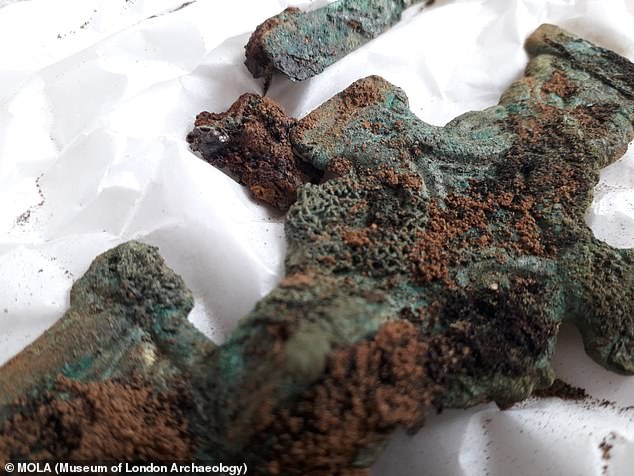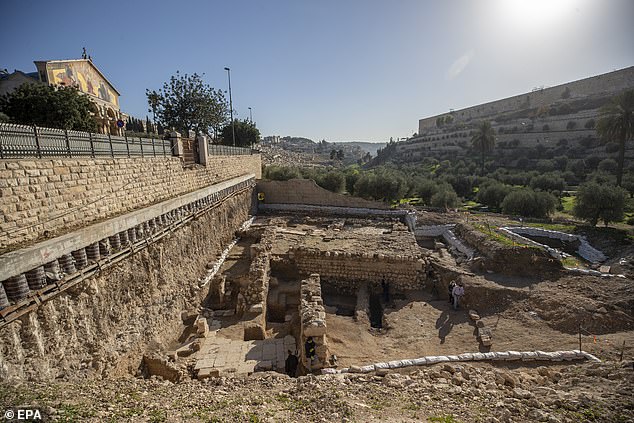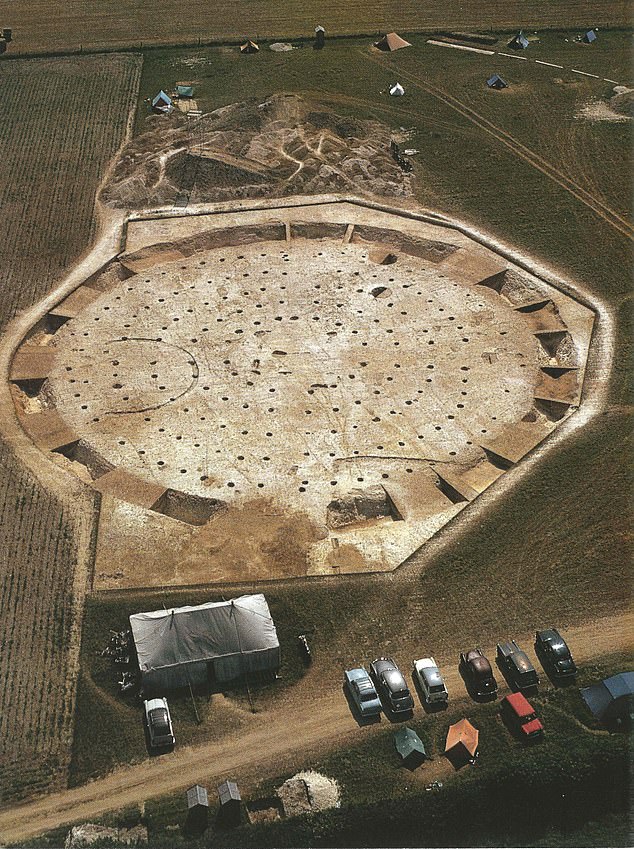Archaeology: Early humans used flint chopping tools to break animal bones 2.6 million years ago
Flint chopping tools were used by early humans beginning 2.6 million years ago to break animal bones and release the high-calorie marrow inside, a study has found. Researchers led from Germany and Isreal analysed the function of 53 similar chopping tools found at the 400,000-year old site of Revadim, east of Ashdod. Each chopping tool … Read more









